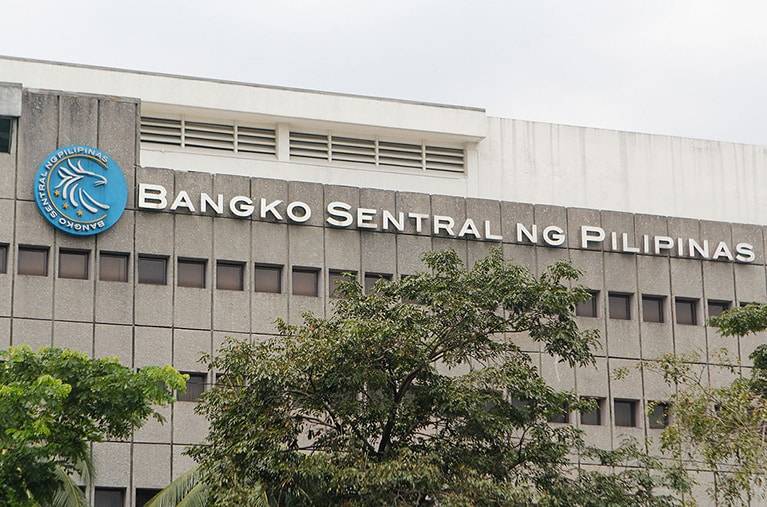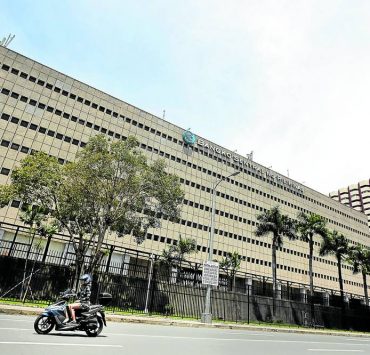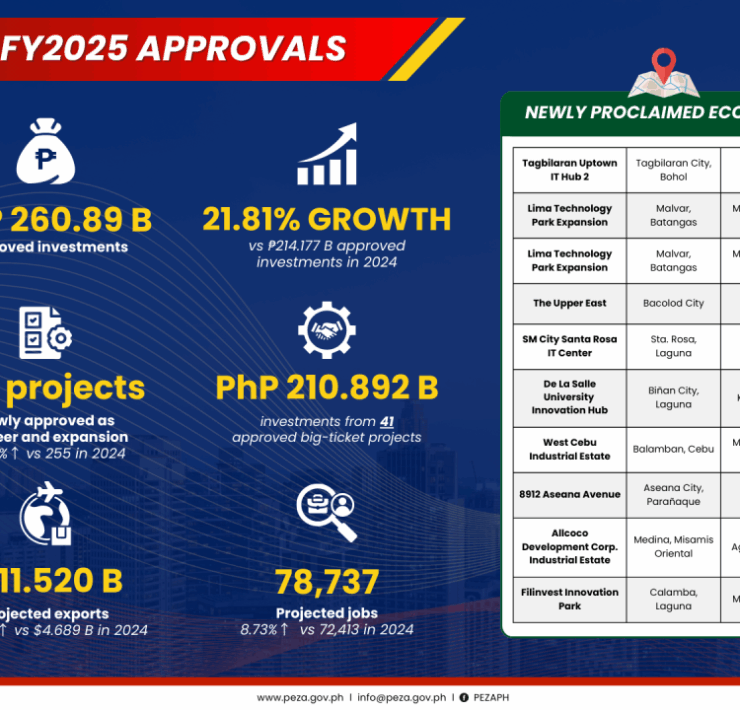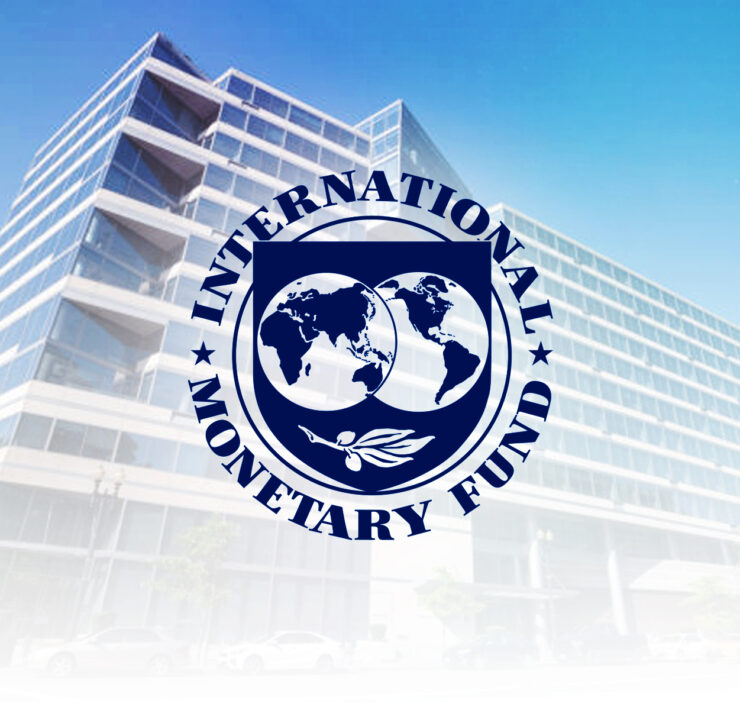Bank reserves ratio going down by 200 bp

The Bangko Sentral ng Pilipinas (BSP) on Friday announced another supersized cut to the reserve requirements of banks, a move that would inject P300 billion additional loanable funds into the domestic economy while interest rates slowly decline.
Starting March 28, the reserve requirement ratio (RRR) for big banks will be reduced by 200 basis points to 5 percent.
At the same time, the RRR for digital banks will be trimmed by 150 bps to 2.5 percent. The reserve requirement for thrift banks will be removed following a 100-bp cut to their RRR.
RRR refers to the certain amount of deposits that banks must set aside as standby funds, which do not generate returns because they cannot be used for lending activities. This is to ensure that lenders are able to meet their liabilities in case of sudden withdrawals.
Sooner than expected
The latest RRR cut came sooner than expected, but it was not entirely surprising.
When he assumed office back in 2023, BSP Governor Eli Remolona Jr. said that the RRR, then at 9.5 percent, should go down to 5 percent eventually.
At 5 percent, the Philippines now has one of the lowest reserve ratios among Southeast Asian peers.
The decision to further relax the reserve requirements of banks came a week after the powerful Monetary Board (MB) had left the policy rate unchanged at 5.75 percent. According to Remolona, the “complicated” pause—which punctuated 75-bp worth of cumulative cuts so far—was in response to “unusual” uncertainties emanating from a slew of tariff actions in the United States.
But the BSP chief had said the central bank was still on easing mode, adding that the MB would resume cutting interest rates once the uncertainty clears.
The fresh RRR reduction is seen to create easier financial conditions for an economy that grew below the Marcos administration’s target last year.
“The BSP reiterates its long-run goal of enabling banks to channel their funds more effectively toward productive loans and investments,” the central bank said.
The increase in loanable funds “would lead to more lending activities at lower intermediation costs,” said Michael Ricafort, chief economist at Rizal Commercial Banking Corp.
“This would result in greater demand for credit to finance more investments, which would lead to faster economic growth,” he added.





















